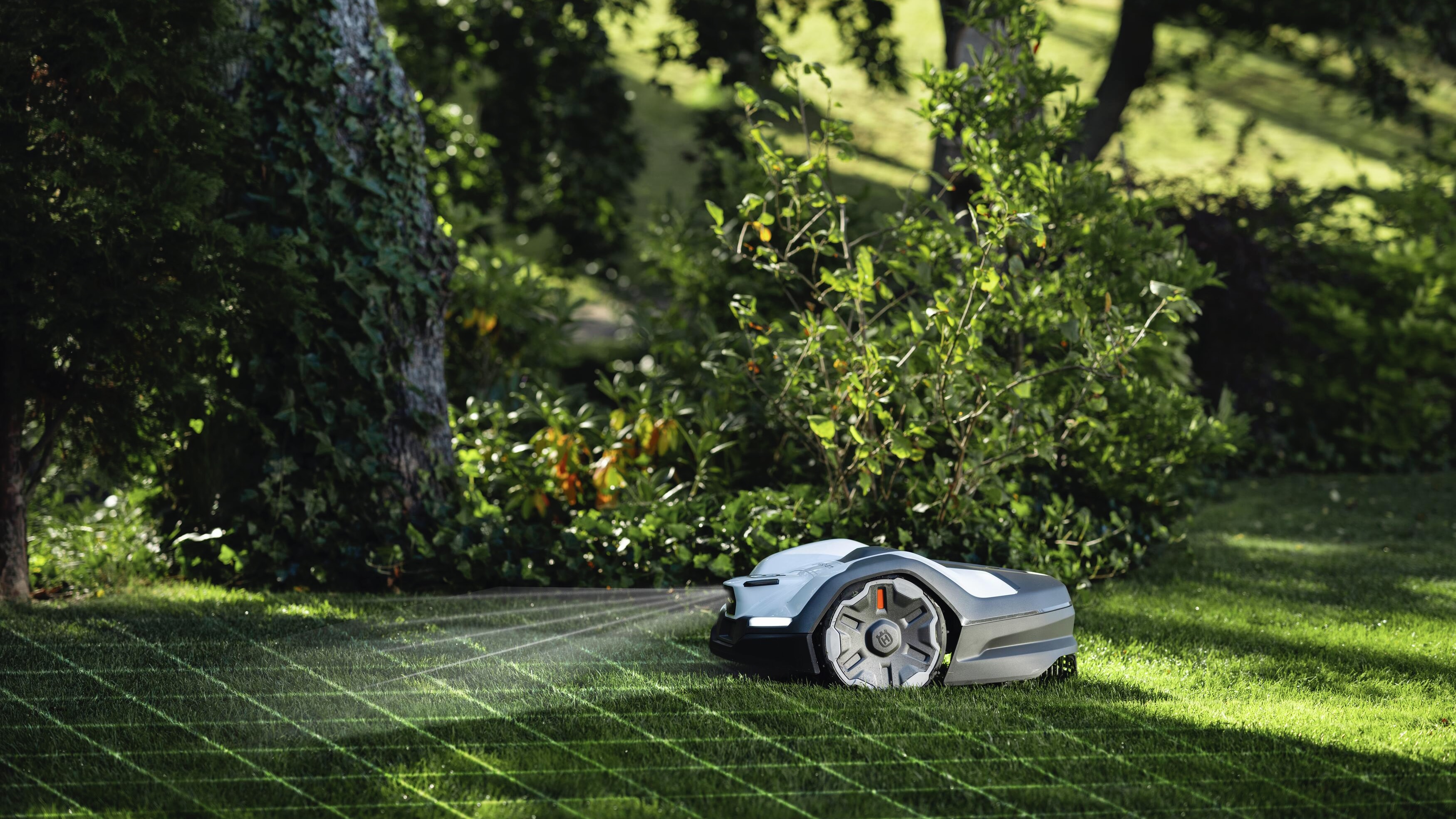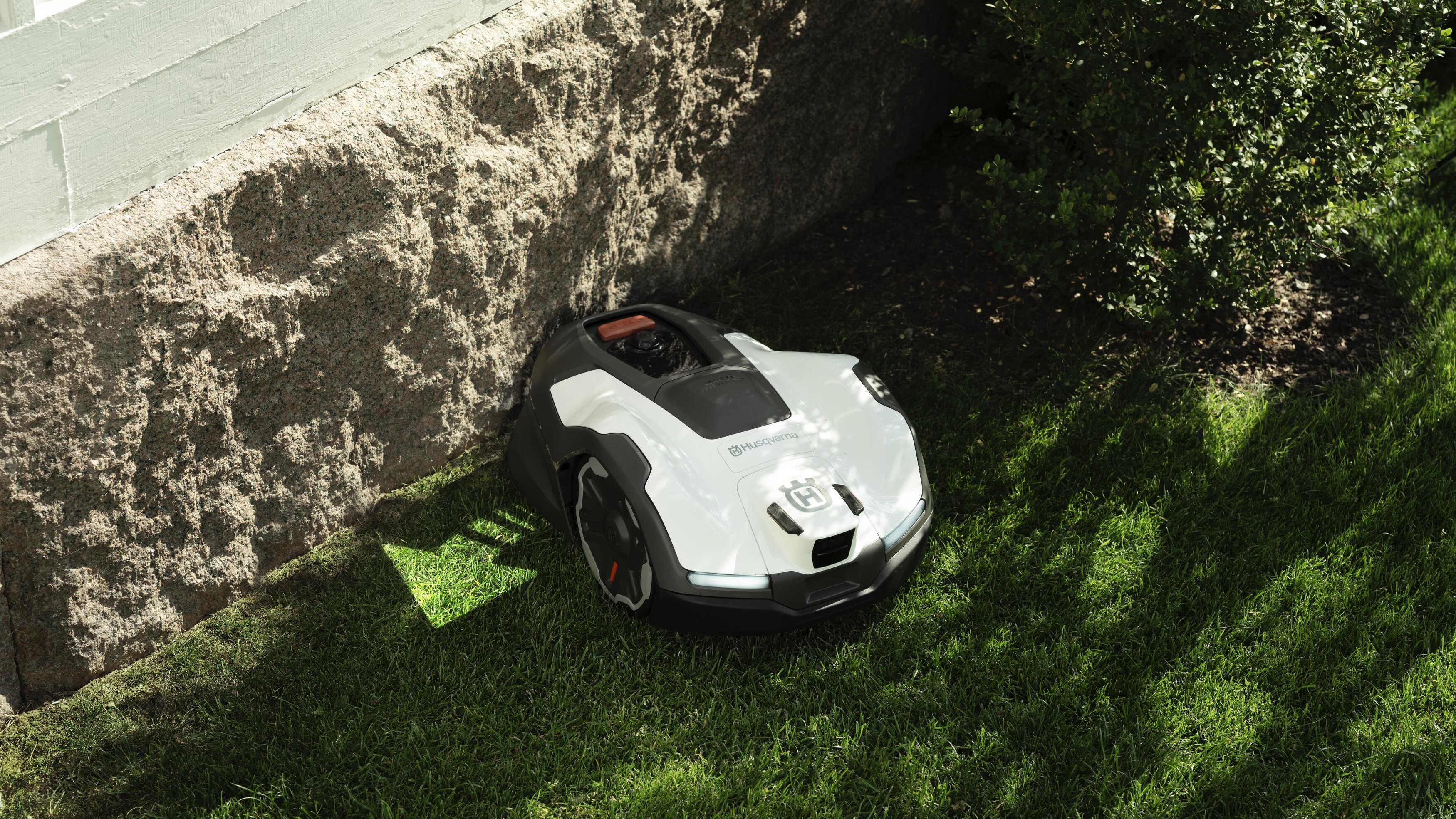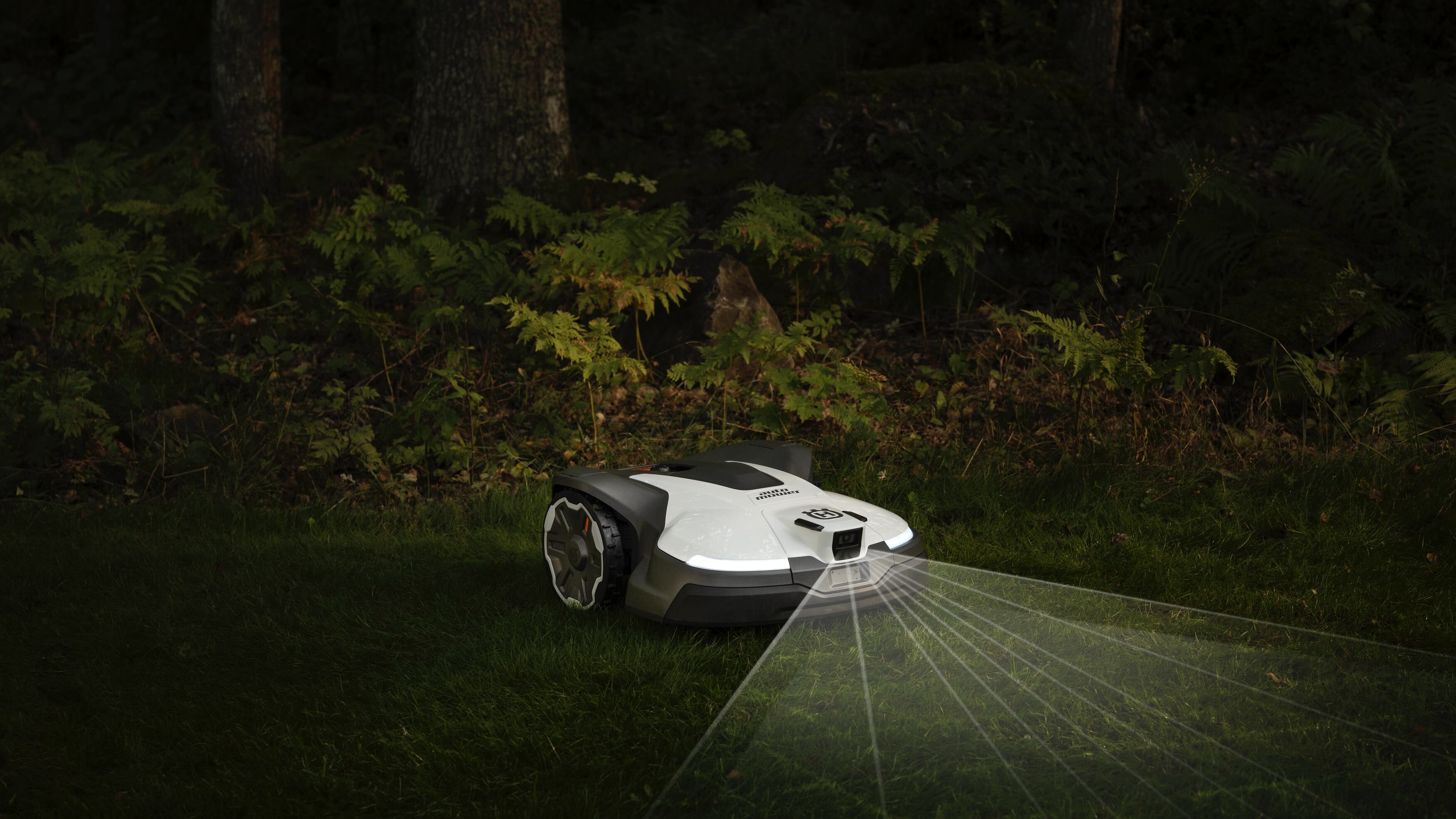Husqvarna unveils four brand new robot lawn mowers – now with advanced AI vision
The new models see, think and mow with AI


QUICK SUMMARY
Husqvarna has unveiled four new robot mowers with built-in AI vision technology for smarter, more adaptive lawn care. The 405VE, 410VE, 430V and 450V mowers use infrared cameras to detect and avoid obstacles, and can work seamlessly with Husqvarna’s EPOS system for precise cutting across any lawn.
Designed for areas from 900m² to 7,500m², prices range from £2,299 to £4,799, with availability expected in early 2026.
Husqvarna kicked off the year strong with the launch of its latest robot lawn mower range, with the Husqvarna Automower 405XE NERA even landing third place in our roundup of the best robot lawn mowers of 2025.
Now, less than a year later, the brand is back at it again with an all-new lineup. The 405VE, 410VE, 430V and 450V are the first Husqvarna robot mowers to feature built-in AI vision technology, taking smart lawn care to a whole new level.
“For over 30 years, Husqvarna has been at the forefront of robotic mowing,” says Jonas Elderstiern, Product Manager at Husqvarna. “These new Automower NERA models mark the start of a new era – one where AI vision technology helps our mowers see, act and adapt in real time.”

Like you’d expect from Husqvarna, the new models deliver high performance, premium build quality, and a mowing experience that adapts to your lawn and your lifestyle. Featuring an AI vision system, these mowers are designed to see, understand and react to what’s around them.
The new tech also works at night using an infrared camera, ensuring precise cuts whilst staying wildlife-friendly. When paired with Husqvarna’s EPOS system – one of the standout features from the 405XE NERA – the mowers can even handle areas with weak GPS signal, maintaining consistent results across the entire lawn.

The 405VE and 410VE NERA are designed for lawns up to 900m² and 1,500m², featuring EdgeCut for clean borders, AI object avoidance, and up to 30% slope performance. The 430V and 450V NERA models are built for bigger or more complex gardens, handling up to 4,800m² and 7,500m² with advanced zone control, AI obstacle avoidance, and up to 50% slope performance.
All models offer adjustable cutting heights – 20-55mm on the smaller models and 20-60mm on the larger ones.
Get all the latest news, reviews, deals and buying guides on gorgeous tech, home and active products from the T3 experts

Prices start at £2,299 and go up to £4,799 (around $3,000 to $6,500), which is in line with previous models. There’s no official release date yet, but availability is expected in early 2026.

Lizzie is T3's Home Living Staff Writer, covering the latest in smart home, lifestyle and beauty tech. From skincare gadgets to vacuum cleaners, she's your go-to for trends and top recommendations.
When not writing, Lizzie enjoys mooching around Bath, spending time with loved ones, or testing her review units – often during an enthusiastic cleaning spree!
You must confirm your public display name before commenting
Please logout and then login again, you will then be prompted to enter your display name.